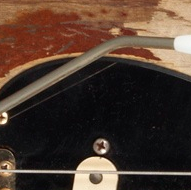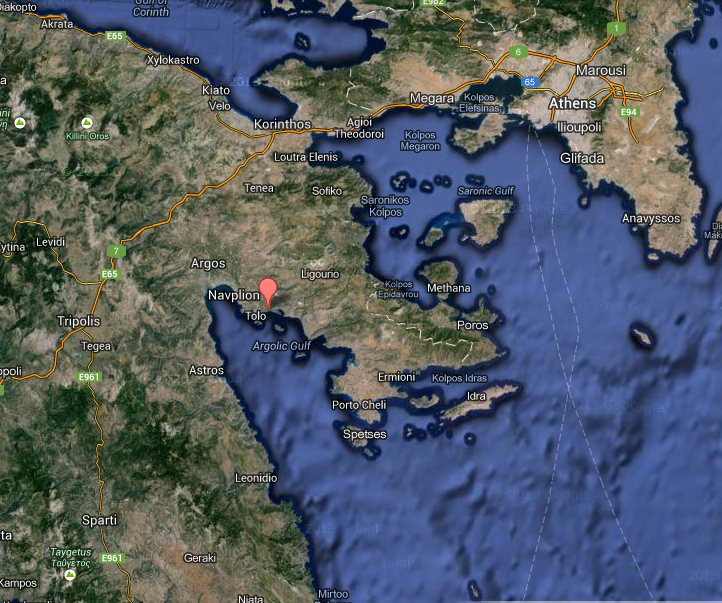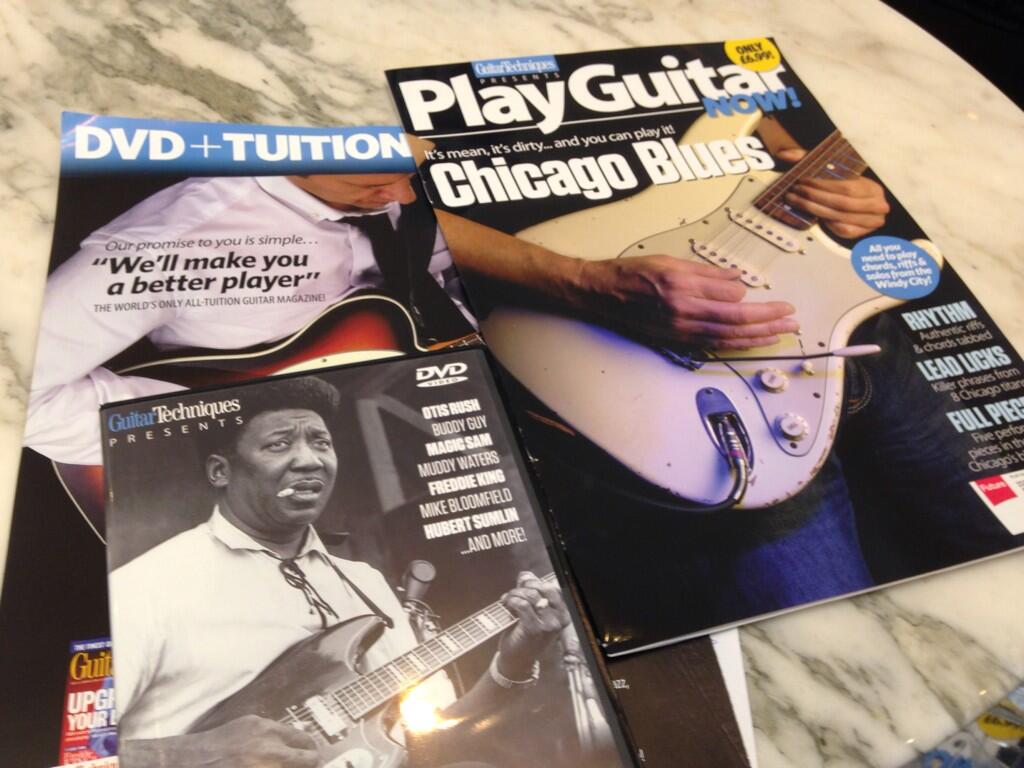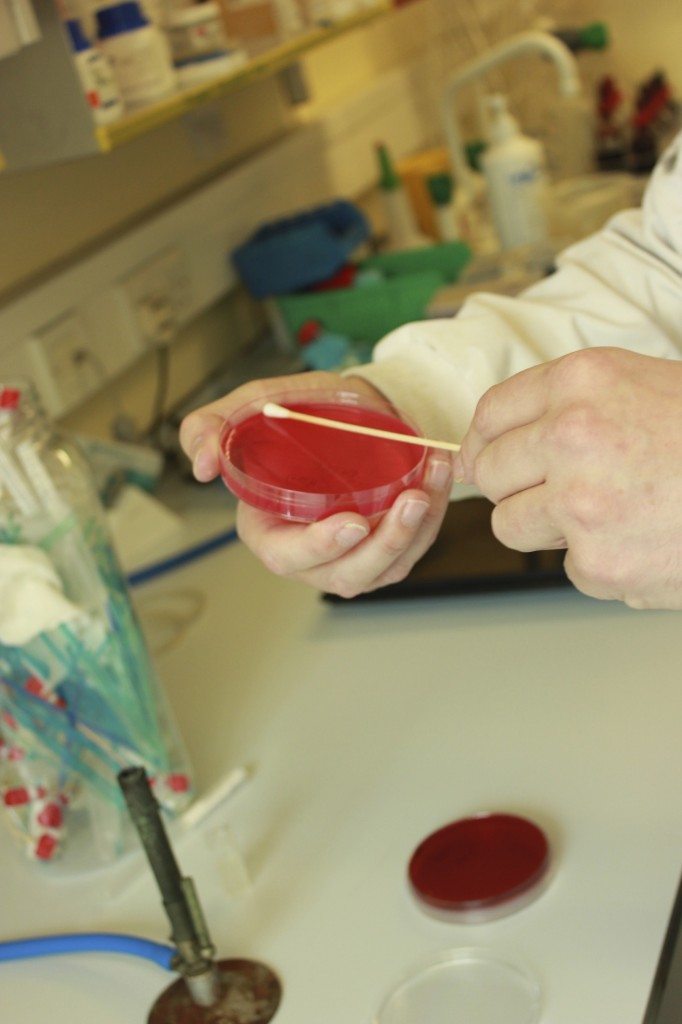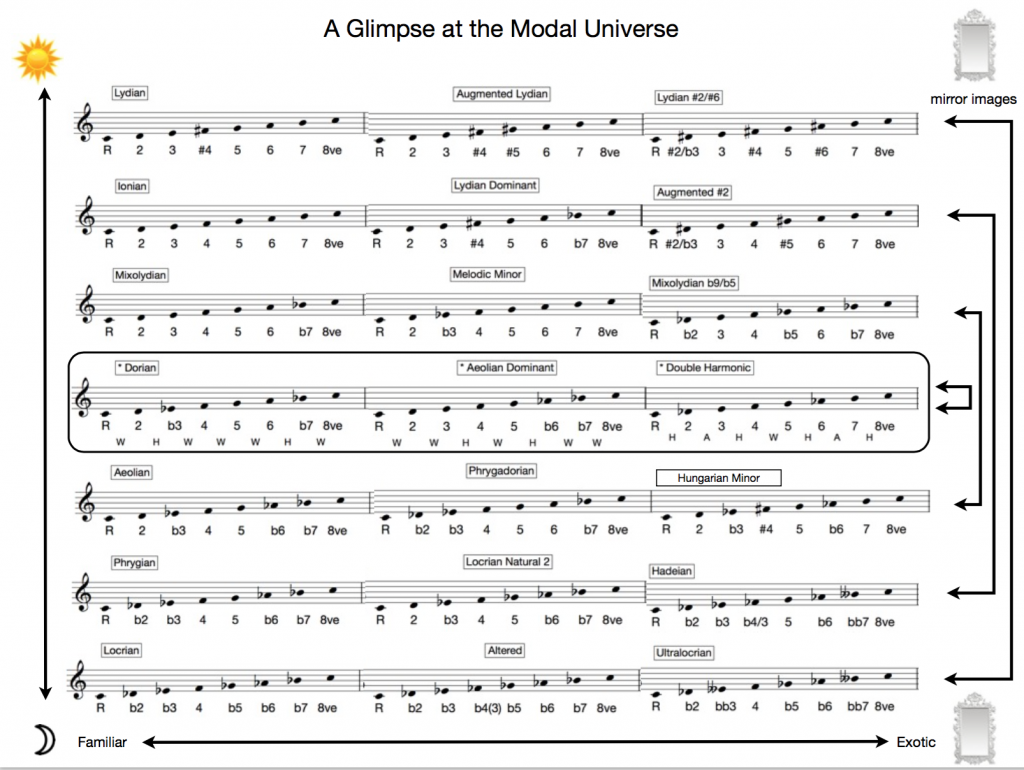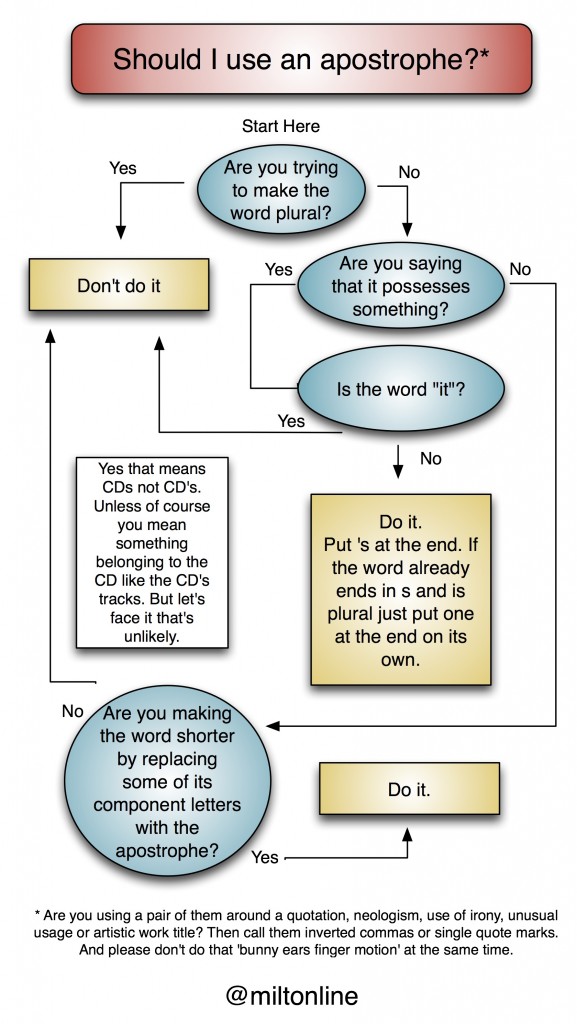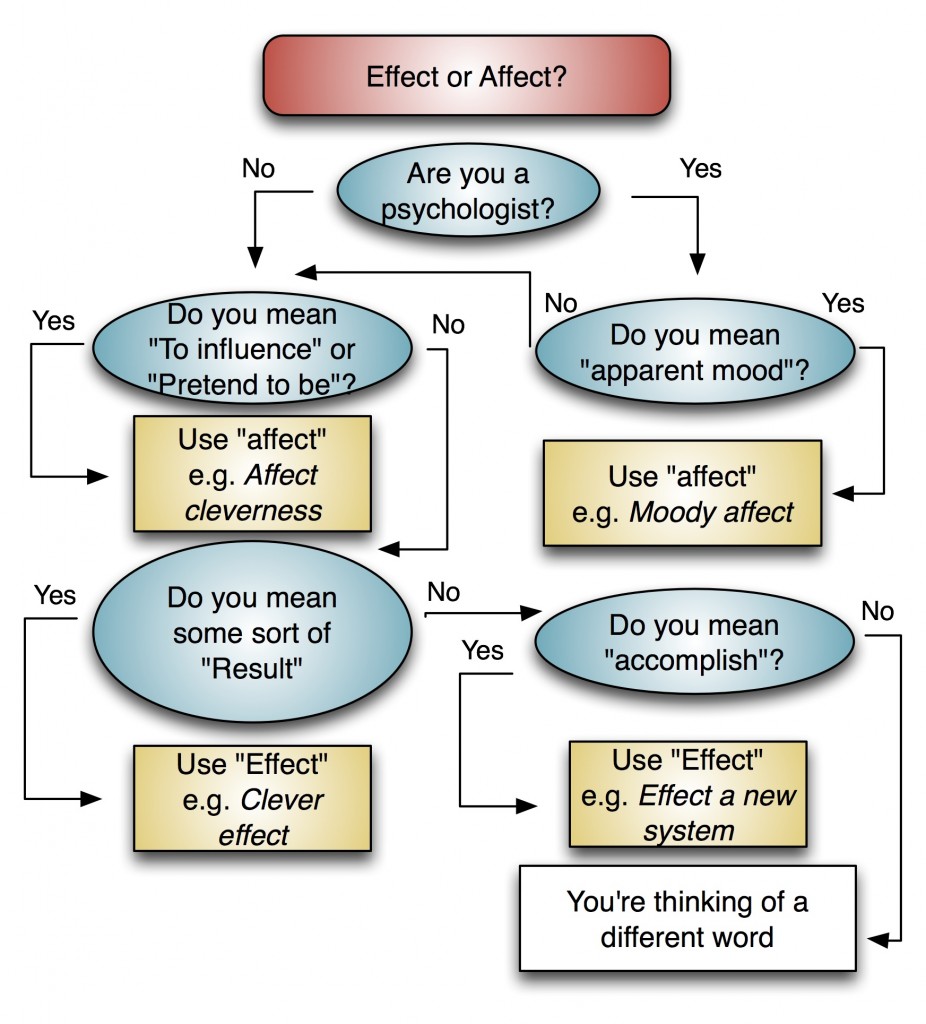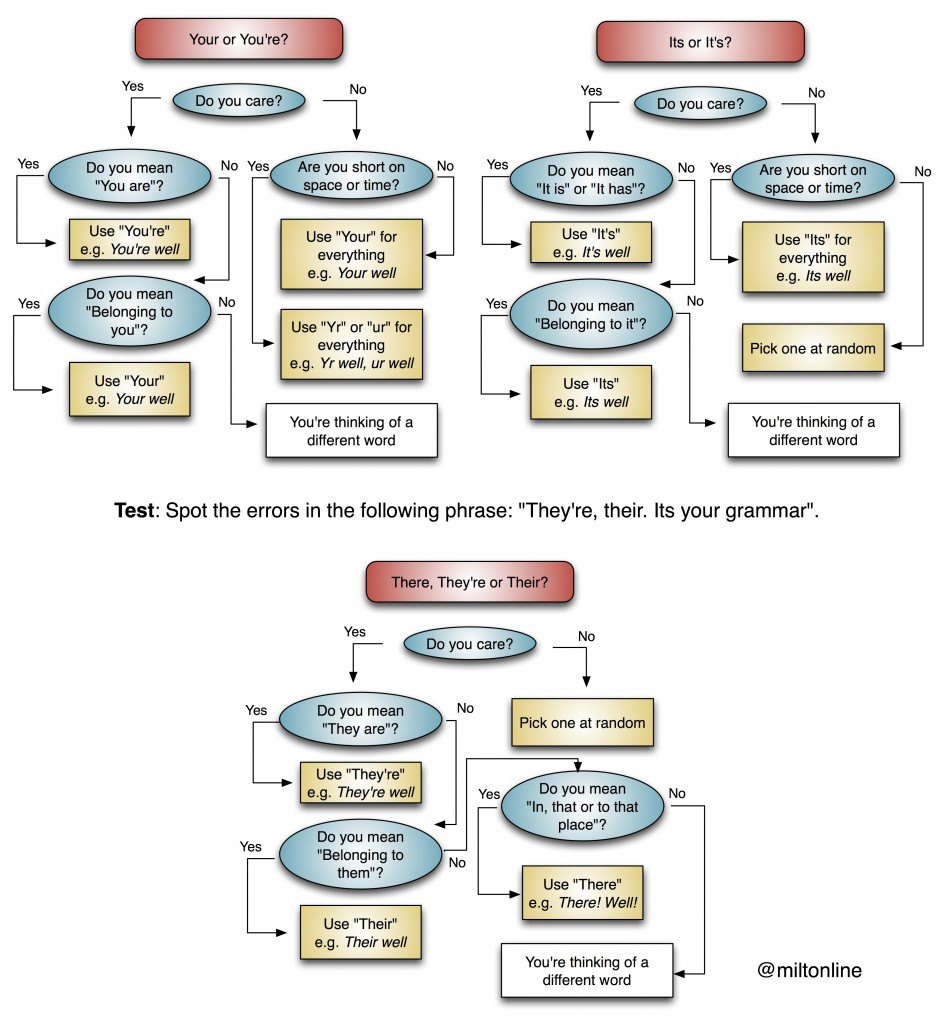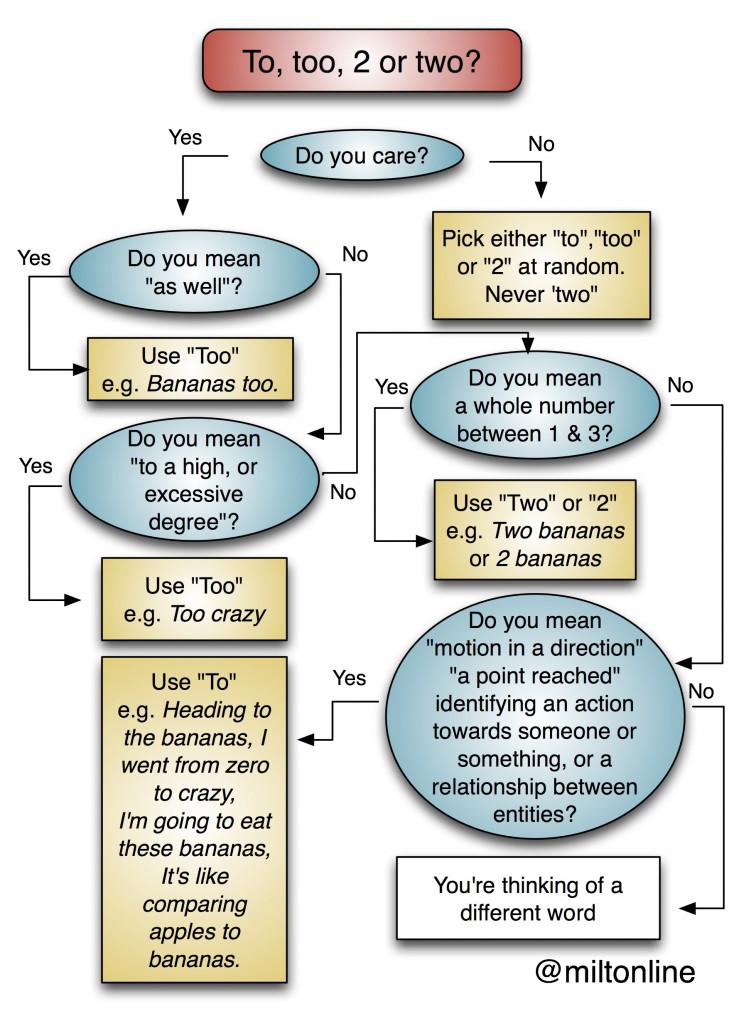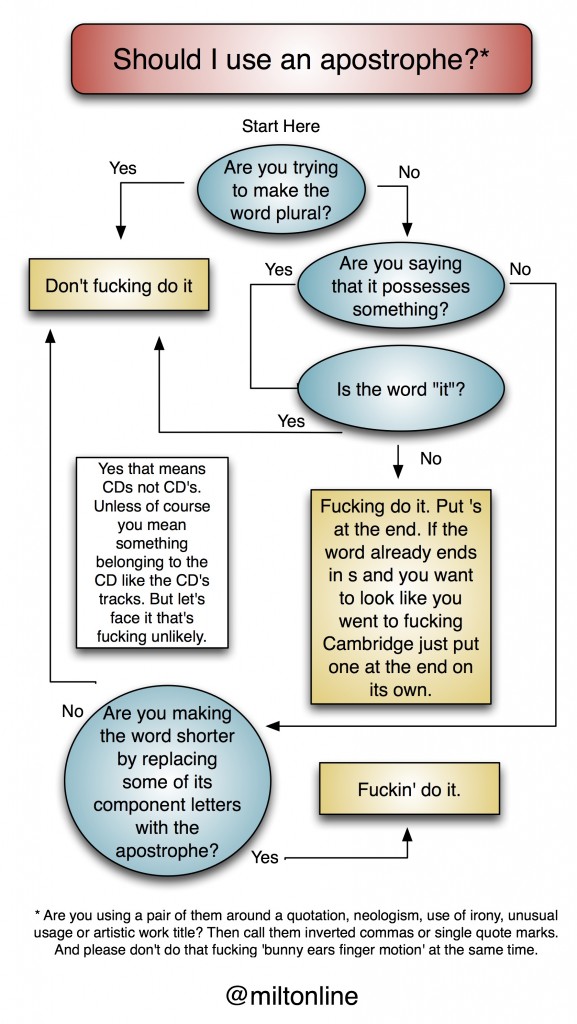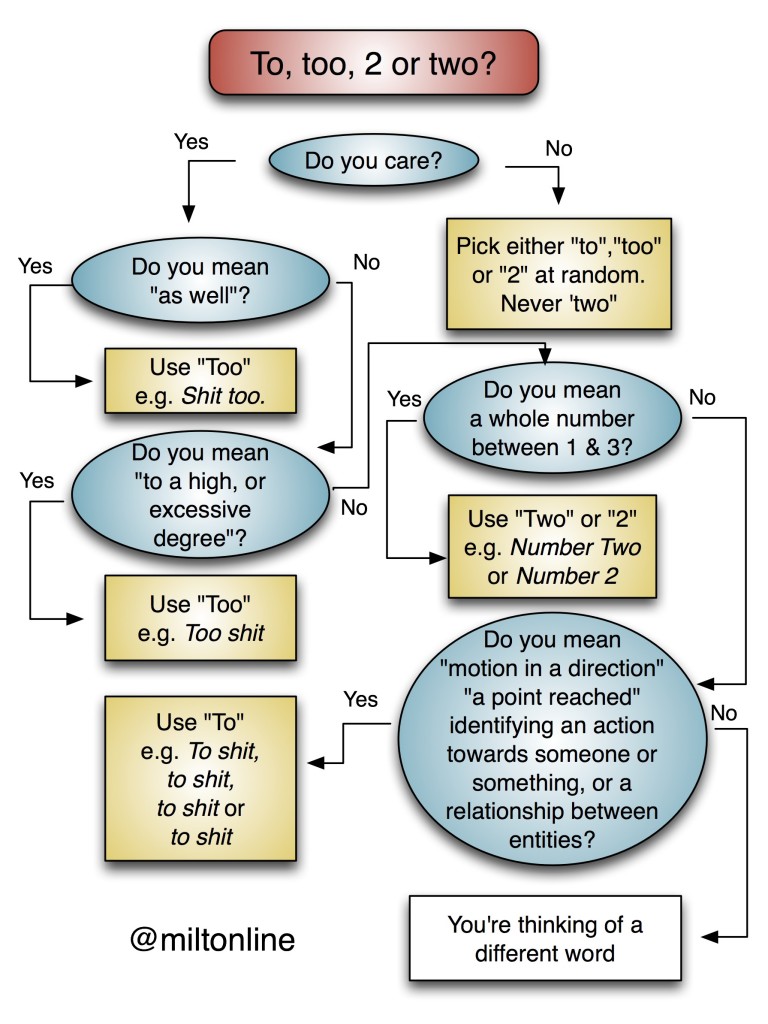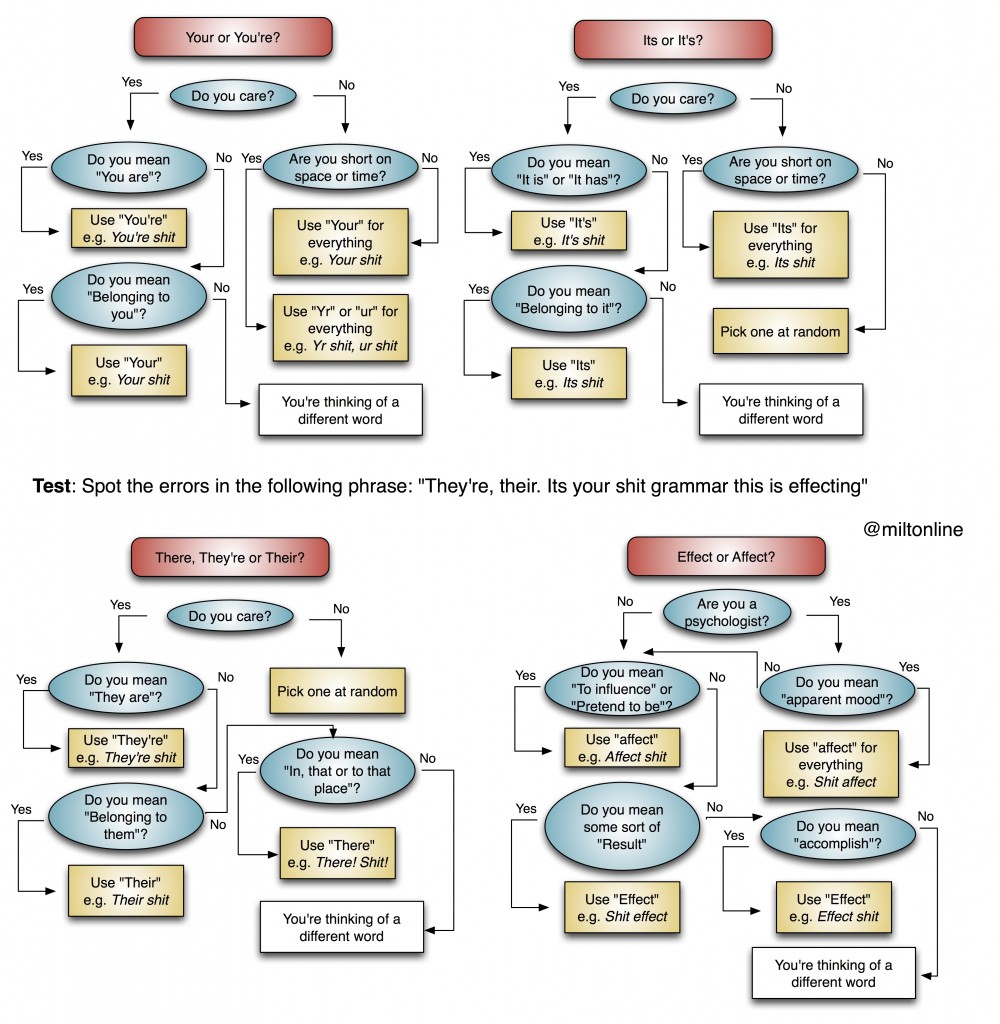Well I must be doing something right – or probably not enough wrong – as the good people of Future have asked me to yet another DVD this Winter.
It’s due for release in early 2014. Topic is under wraps but this little image should give you a mighty big clue. Rather excited about this one.
Category: Writing
Writing
I have a little place in Greece, on a lesser known corner of the Peloponnese, on a little beach with a derelict and rarely visited acropolis from which the islands of Ψιλι, Πλατεια and (just about) Σπετσεσ are visible.
It’s a magical (and for me painfully nostalgic) place where even when we eventually installed a phone (1996), modem (2006) and wi-fi (2013) seems eerily frozen (well baked) in time. This part of the world is home to some odd creatures: deafening cicada, scorpions, flying fish, swordfish and a plant with fruit that explode on the lightest touch.

One such unusual animal I have yet to (knowingly) see but I’ve been fasciated by its sound for years. It’s some kind of bird that emits a short tweet at intervals so regular that we use it as a metronome. (It sounds particularly good on beat 4 & in a bossa).
Here’s an unedited audio sample recorded on Tuesday, 7 July 2009 19:32
(non-flash) Metrobird
Notice how (separated by an unmeasured pause) there is a decent metronomic tempo established. Logic Pro X’s transient detector and beat mapping tools reveal that once a pulse is established it tends to stay within a couple of bpm. I’ve played with far worse time-keepers of the human species. Here are the numbers:

To get a feel for it, listen to the same unedited clip with a click track.
(non-flash) Metrobird with Click
Not bad at all. Here’s how it sounds (again completely unedited) in the context of a percussion groove.
(non-flash) Metrobird Groove
Does anyone know what type of bird it is, an what evolutionary pressures gave it such tight timing?
My instructional DVD on Chicago Blues is now available in newsagents and online. The early Chicago Blues players – hugely influential on Hendrix, Clapton and the rest – are incredibly important in shaping much of what is now standard practice in all contemporary electric guitar playing. Researching these players was hugely instructive and I worked hard to distill and communicate some of these powerful elements on the DVD. And I have new guitarists in my pantheon of inspiring players Jimmy Dawkins and Magic Sam
 Total Guitar Issue 243 includes an article by me and the eminent microbiologist Dr. Simon Park (with whom I collaborated on the Microcosmos project and does many other beautiful things). Here we took a rather nasty set of strings from the Future Publishing offices and endeavoured to discover what constituted the invisible audience to our noodlings. Get it at all good newsagents. Wash your hands before and after.
Total Guitar Issue 243 includes an article by me and the eminent microbiologist Dr. Simon Park (with whom I collaborated on the Microcosmos project and does many other beautiful things). Here we took a rather nasty set of strings from the Future Publishing offices and endeavoured to discover what constituted the invisible audience to our noodlings. Get it at all good newsagents. Wash your hands before and after.
Here’s a short educational video explaining some fundamental concepts of maths and tuning. Nice production by frequent collaborator Anna Tanczos of Sci-Comm Studios.
A Life Examined
Here’s a short essay about my experiences with leukaemia which won a scholarship from the James Randi Educational Foundation in 2010.
http://www.randi.org/site/index.php/swift-blog/1218-a-life-examined.html
The Chimera Network

My sister, Dr. Alex Mermikides, and I have recently won funding from the AHRC to set up a network of scientists, artists, writers and musicians to collaborate on Art-Science projects.
The Chimera Network brings together a network of scholars and professionals in arts and science disciplines. Through a series of events and artworks, the network explores collaborations between artists and scientists, asking:
How might collaborating with scientists generate novel creative methodologies, artistic forms and modes of spectatorship in artistic practice?
How might collaborating with artists prompt new understandings of scientific ideas and forms of science communication for both scientists and the general public?
Exciting projects afoot.
Here’s the theoretical section of my PhD Changes Over Time (2010)
Changes Over Time:Theory – Milton Mermikides by Milton Mermikides
And the practice portion:
Changes Over Time Practice Milton Mermikides by Milton Mermikides
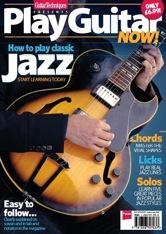
Jazz Guitar Instructional DVD published by the good folk of Future Publishing
In their words…
From the makers of Guitar Techniques this magazine and DVD package is especially for guitarists that can play from lower to upper intermediate level. It’s for those that want to strike out on the path to jazz – or who simply fancy adding some cool jazz chords or some juicy jazzy licks to their current arsenal of chops.
- To get you started, the most useful chords and scales you can use in jazz
- Jazz rhythm styles; now you’ve learn some cool jazz chords, do some comping (accompaniment) with them!
- Learn some great lead jazz guitar licks
- Playalong tunes:
- Bossa Nova – in the style of Antonio Carlos Jobim, Joao Gilberto and Charlie Byrd
- Jazz-Blues – in the style of Barney Kessel, Kenny Burrell and Herb Ellis
- Jazz-Funk – reminiscent of George Benson and Grant Green
- Ballad – inspired by accompanists Joe Pass and Herb Ellis
- Rhythm Changes – essential jazz progression first used by George Gershwin
The Institute of Neurology, UCL are looking for male professional classical guitarists or pianists, aged 30-65 to put through an MRI. A 2 hour study. I’ve done this sort of thing before and it’s bloody interesting. Expenses + anecdotes. Here are the details:
For pianists aged 30-65yrs: study using state of the art MRI techniques that aims to reveal how your brain achieves such high levels of motor performance.
* Neurologists and neuroscientists at the Institute of Neurology, London are currently recruiting for an imaging project in which they will study the neural signature of piano performance and excellence of fine finger control.
* This study uses a new fMRI analysis technique that allows us for the first time to accurately map individual fingers to different parts of the brain. This figure shows the activation of one the fingers in a region called the motor cortex in a healthy control … we do not know how this differs in pianists ….

* We ask for 2 hours of your time. We understand that we are ambitious to invite a group of individuals that are phenomenally busy with performance demands and teaching and hope to offer appointment times that are convenient for you. We can pay all travel costs and will also reveal all from the data we get in the study….
* We are also examining pianists that develop dystonia of the hand which will increase knowledge about this poorly understood condition and improve existing treatment techniques.
* Please contact Dr Anna Sadnicka if you are interested in hearing more about this study (0203 4488605 or skgtas2@live.ucl.ac.uk)
Musicians’ Questionnaire

It’s tempting to think that it’s only the domain of modernist composers, theorists and ethnomusicologists to talk of anything but 12 notes in an octave. After all if it was good enough for Mozart and Beethoven it should be good for everyone, right? Well, as it happens, Mozart and Beethoven understood F# and G-flat as different notes. A manuscript survives for example of Mozart’s teaching notes to his English student Thomas Attwood showing the difference between a major semitone (e.g. E to F) and a minor semitone (Fb to F). Almost universally considered as identical today, in his they were pitched slightly differently.
Very few musicians are aware that even into the 19th century fingerboard diagrams and scale exercises existed with two types of accidental (e.g. g# as distinct from a-flat) as well as keyboards with split keys so that the player could choose between accidental types.
It’s remarkable how efficiently this has been filtered out of the system so that even professional classical musicians and teachers – let alone students – are unaware of our microtonal recent history.

A diagram demonstrating a section of the huge modal universe. You may see how mirroring modes (turning them upside down) can organize them into levels of brightness. It can also identify those modes that are identical in mirror form. These include Dorian (used in a thousand tunes from Scarborough Fair, Shine on You Crazy Diamond, Brick House to The Hitchhiker’s Guide To The Galaxy), Aeolian Dominant (Babooshka) and Double Harmonic (Miserlou from Pulp Fiction).
These are just 3 of the heptatonic even-tempered modes with mirror symmetry parents. There are many others, scales with 2-12 notes, as well as scales with ‘twin’ mode systems. Regardless this technique can be applied widely and is a rich resource for composers and improvisers alike.
Yes, I know that this might be pedantic. And ‘correct use’ is an ultimately flawed concept given that our current usage is a collection of vestigial literary aberrations throughout the language’s history. And of course it is the ideas and passion behind a piece of writing rather than this surface crap that really matters. Nonetheless you must admit you do look like a bit of cock when you write banana’s. Unless you’re talking about something that the banana possesses of course. E.g. “If there’s any fruit’s skin most associated with physical comedy, it’s the banana’s”.
To, Too, 2 or Two?
For a dynamic list of Hidden Music projects click here.
Hidden Music:Sonic is a collection of electronic works using compositional systems to translate physical phenomena of the biological world into complex mesmeric soundscapes. Source material include the DNA, colour and shape of microbacterial colonies, the population of blood cells during leukaemia treatment, the shape of the coronal suture of the human skull, tree-rings, MRI scans of the human brain and the passage of molecules through the cell membrane.
Bonus material! Album purchase includes 6,000 word liner notes, detailing the philosophy and process behind these works.
[bandcamp album=2903564095 bgcol=FFFFFF linkcol=4285BB size=venti]
Your Skeptic Stories
[Editor’s Note: As a precursor to The Amazing Meeting! 9, we have collected a series of stories from readers like you; people who have, through one means or another, discovered skepticism and critical thinking. These stories remind us that we all started somewhere and some of us are still finding our way as skeptics If you are interested in contributing your own story, please submit your piece of around 1000 words to maria (at) randi.org along with a short 2-3 line bio.
Today’s stories comes from one of our regular contributors to the blog, Dr. Milton Mermikides]
The Boy Who Stared At Pencils: A Potted Early History of One Man’s Stumble to Skepticism: By Dr. Milton Mermikides
In deference to TAM’s imminent arrival I’ve been invited to pen – or key – a short account of my journey to skepticism. I’ve provided an essay for JREF previously on what I feel is the importance of skepticism so I’ll deal here with a time-line of selected key moments in the first 12 years of my life – a series of micro-epiphanies – which in retrospect held particular importance to my development and interest in skeptical issues. I offer these in the hope that they might ring some bells in the skeptic community, or cause some bells to ring for those on the fence, or at least the bells might play a pretty fine tune.
Age 0: Christening
For most of my youth I was convinced that I could remember this in some detail: The gold-leaf of the christening bath, the priest’s beard, the prolonged dunking and the feeling of being watched by a group of adults. It was years later when I discovered an old movie with all these elements in place, and the knowledge that I had watched it a number of times in my early years.
Epiphany: However real it feels, or vividly it is recalled, a memory of an event is no guarantee of its veracity.
Age 5: Assumptions
Playing outside the house I find a stick and proceed to hit objects with it. Including the back of my dad’s white car. As I do so, I hear my name being called and I look up to see a bird on the fence staring right at me. Stunned, I hit the car again and again the bird calls my name louder, and louder with each firm hit of the stick. Being an aficionado of Dr. Doolittle’s work I am excited by this new field of inter-species communication, and give the car one final terrific whack. At which point my furious dad emerges from the car, now obviously the owner of the voice, and chases me around the garden for attacking his car while ignoring his calls.
Epiphany: 1) The brain can construct entirely convincing scenarios and explanations in which the conscious mind can happily live, however surreal or false they may be. 2) I’m an idiot.
Age 6: Big
Spending summers in Greece before the advent of light pollution, I used to lie on the beach staring into space on moonless nights. As my eyes became accustomed to the darkness, the stars would multiply until they dissolved into clouds, and when my little brain couldn’t take it any more, clouds of clouds of stars seemed to appear, and to top it all shooting stars, having traveled for millions of years, would flare and burn up across the sky every few minutes while I watched alone reflecting on the enormity of space, the possibilities of alien life and my minute but privileged existence within it.
Epiphany: 1) Humility and appreciation can emerge from the consideration of the natural world. 2) There is a limit to the imagination and conceptual capacity of the brain.
Age 7: Time
I am given a book on visions of the future, and my mind is blown by the concept. In the final chapter when the predictions of distant futures are made, I cry when I realize I won’t witness all of what’s to come. My obsession with the nature of time grew, and I mused and was confounded by the concepts of the unstoppable passage of time, the relationship of the self and the present moment and the implications of time-travel. Of course I didn’t have the vocabulary to express these questions and any attempt to do so was met by puzzled looks by and adults friends alike.
Epiphany: There were fundamental aspects to existence, baffling and fascinating to me, but of no particular interest to almost all around me.
Age 7: Fear
I’m instructed to get some potatoes from the vegetable rack. I pick up a potato that has sprouted alien growths. I freak out.
Epiphany: Some fears are irrational.
Age 8: Pencils
An interest in magic also opened my mind to the concepts and possibilities of psychic power and telekinesis. I was convinced that if I concentrated hard enough I could move objects with my mind. I stared intently for what felt like hours at pencils willing them to roll. Once I could have sworn one twitched, but this might be attributed to the physiological effect of me holding my breath while undertaking this futile practice.Epiphany: Just because something feels like it should be possible, it doesn’t make it so.
Age 9: Expectations
I reach for a glass of Orange Juice, and thirstily guzzle a mouthful. It turns out to be milk.
Epiphany: Expectations affect experience.
Age 10: Perfection
I develop a love and aptitude for mathematics after coming top of my class in a test. I enjoy that sound logical reasoning can lead to a solution, and then the veracity of the solution can be tested. Mathematics offer a welcome oasis of logical purity in a logically messy grey world.
Epiphany: There are areas in life with clearly right (and wrong) answers, regardless of people’s opinions.
Age 11: Small
My father was a nuclear physicist and I spent over two years of my childhood living near CERN. I walked around the particle accelerator, played on early versions of the Internet, heard terms like quark, charmed, lepton and quantum (used correctly) and gazed at the patterns of subatomic particles in the bubble and gas chambers. I was moved by the beauty of science, and how these clever adults could observe the behaviour of this strange tiny world.
Epiphany: There is aesthetic beauty, nobility and wondrous surprise in scientific exploration.
Age 12: Suction
I become interested in the concept of a vacuum after witnessing the falling feather experiment. One quiet afternoon, I suck my lips into a glass tumbler and am interested in the extent to which this process can continue, sucking through the pain. I admire my lips in the mirror, which now have stretched to Donald Duck proportions, and go to the kitchen to share with my family the preliminary results of the experiment. They respond by screaming a range of instructions and questions about my intentions. I am left with an attractive red ring around my mouth for a week.
Epiphany: 1) Some experiments are best left to experts, and 2 )I’m an idiot.
Age 12: Elephant
One night I’m left in alone and sneak downstairs to watch TV. I watch a Twilight Zone rerun (the one with the surgery and the reversal of the concept of beauty) and am horrified and transfixed. If this is not enough I then watch the film, The Elephant Man. I am appalled and conflicted by the horrific and unjust cruelty to John Merrick, and ponder if I would be like the kind Doctor or the gawking and cruel public, and I don’t want to know the answer.
Epiphany: Our natural inclinations are not always our finest.
Age 13: Punishment
A generally able and well-behaved student, I am given my first (and only) detention at school for “using the word allegedly too often” in a Religious Education homework.
Epiphany: Some subjects are taboo, and some people have no sense of humour.
It’s interesting and instructive to consider our early experiences, I feel that mine they have influenced me greatly, but these days I try to avoid sucking my face into glass tumblers.
Son of a CERN nuclear physicist, Milton was raised with wide artistic and scientific influences, an eclecticism that remains with him today. He has a BSc from the London School of Economics, a BMus (Berklee College of Music) and a PhD in music (University of Surrey), and holds commendations for his education and charity work. Milton now lives in London (UK) where he enjoys teaching, performing, composing, producing and writing about music. To learn more please visit miltonline.wordpress.comTrackback(0)Comments (0)Write commentYou must be logged in to post a comment. Please register if you do not have an account yet.
My latest JREF post – The Boy Who Stared at Pencils. A personal history of a child’s skepticism. That child being me, of course. I need to learn to write better titles.
[scribd id=52279893 key=key-3u3x1xa6jfgma3er62r mode=book]
Melody and Harmony
[scribd id=52240551 key=key-1k1ghlqrhoxb9xs9w7uj mode=book]
An overblown title, but interesting nonetheless. Will comment when I have time to explore…
Painstakingly transcribed by Kylie Sturgess.
The hours of audio are here: http://www.geologicpodcast.com/2010/07****Warning geeky musical content ****
[scribd id=51447705 key=key-554x9iw362a5ex8r74p mode=list]

